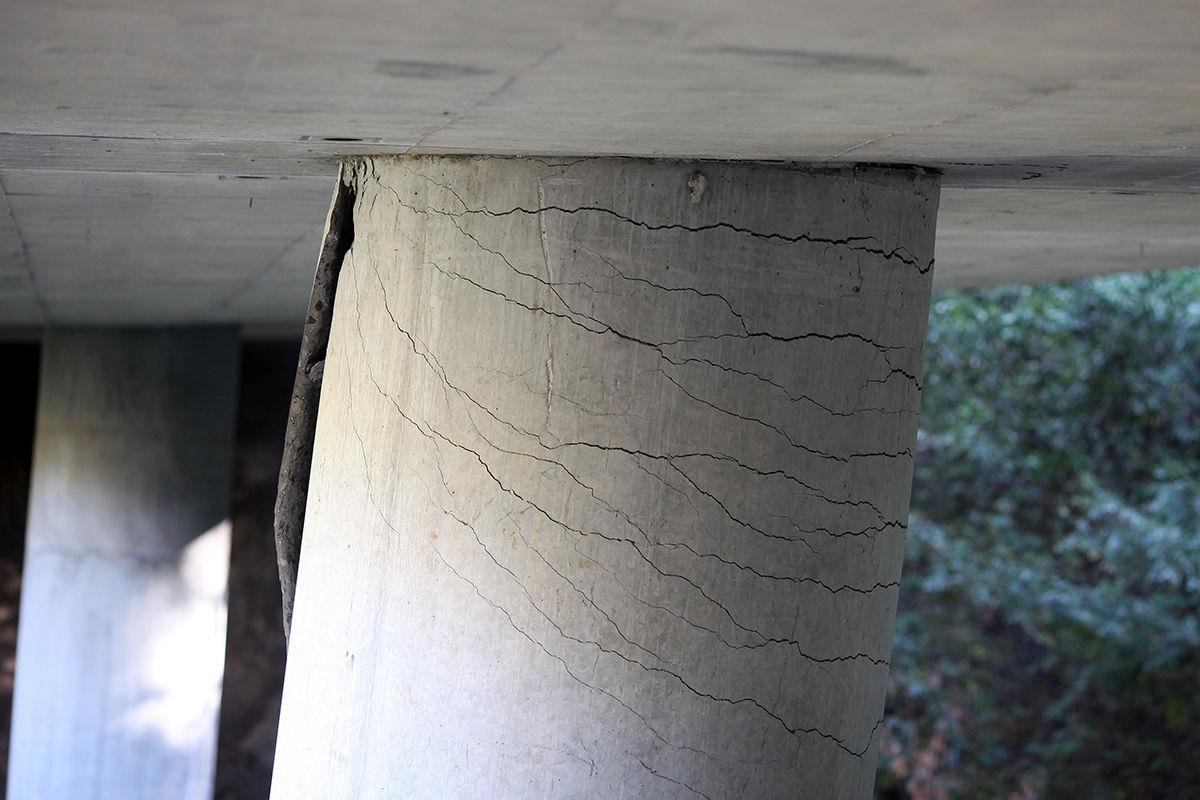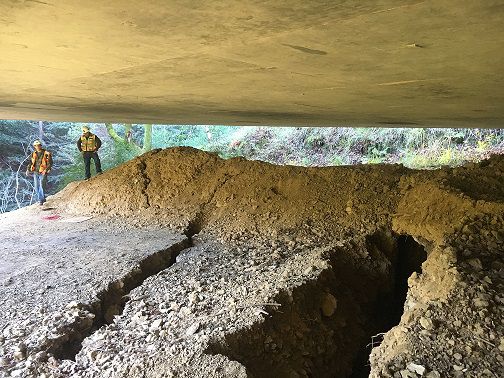.
Posted on 02/19/2017 2:05:36 PM PST by nickcarraway
Communities immediately downstream of California's Lake Oroville dam would not receive adequate warning or time for evacuations if the 770-foot-tall dam itself — rather than its spillways — were to abruptly fail, the state water agency that operates the nation's tallest dam repeatedly advised federal regulators a half-decade ago.
Regulators at the time recommended that state officials implement more public-warning systems, carry out annual public education campaigns and work to improve early detection of any problems at the dam.
Six years later, state and local officials have adopted some of the recommendations, including automated warnings via reverse 911 calls to residents. But local officials say the state hasn't tackled other steps that could improve residents' response, such as providing routine community briefings and improving escape routes.
(Excerpt) Read more at foxnews.com ...
Example of ‘no notice’:
(Colusa County) Maxwell residents flee at 2am and eyes are watching Knight’s Landing
Town of Maxwell floods as worry about Oroville Dam shifts to creeks and canals
http://www.sacbee.com/news/weather/article133701629.html
nick - I just saw the spillway on fox cable news. There seems to be very little water flowing down the spillway beyond the big hole. It seems to be all going into the hole and down the cut. I don’t know what this means but it didn’t look right. I thought they filled that spillway hole up with rock?
found a pix #19:
http://www.mercurynews.com/2017/02/19/oroville-dam-dramatic-photos-show-damage-to-dams-emergency-spillway/

Pfeiffer Canyon Bridge along the Pacific Coast Highway (Rte.1) in Big Sur is being closed due to damage to its supports from a landslide, another result of heavy ppt in the area this rainy season.
Nothing to worry about, this is California, we have te Smartest People in the World running this State, just ask them.
That’s a shocking photo of a most important bridge on PCH. Maybe our knowledgable Freepers can provide analysis.
In centex, we went though a horrific 5yr drought, then two years’ flooding, which damages infrastructure changed by the dried-up soil, so we’re right there with CA, to a lesser extent.
.

They have to wait until the rains stop, and everything dries out to shim it up.
This one? http://s24.photobucket.com/user/Davis1950/media/CALIFORNIA/IMG_0962_zpstx0lfuvm.jpg.html
One of my favorite places on earth.
Closed Wed.
One of the most beautiful spots. An engineering marvel, too. Desolate. Magnificent. And at sunset, an absolute treasure. I hope many can see it in their lifetimes.
I can’t tell if that massive boulder that slammed down on it shook the already drought-weakened soil at pier level, or how it happened.
I can’t tell if that massive boulder that slammed down on it shook the already drought-weakened soil at pier level, or how it happened.
I fail to see how a state owned dam is a federal problem.
The spillway is extremely compromised. I don’t know that their fixes helped in a significant way.
PCH? You must be from Southern California. They call it Highway 1.
First and foremost, if this dam completely fails as this article speculates, it will be because some significant and awful event took place. A massive earthquake that triggers some big slides that causes a pressure wave through the lake to take out the dam.
What is a worry is the auxiliary spillway, designed for one particular event and was tested with a far different one - which resulted exactly in how engineers said it would - significant erosion that would dig back towards the auxiliary spillway wall. There is a fair danger if they ever let conditions repeat that it would topple over and send about 25 feet of water right into the Feather River.
But not over the next few days. With the dam 50 feet below maximum, it is 20 feet below the lowest reach of the emergency spillway. That is, honestly, more than enough room to handle this storm. Even if the emergency spillway failed, it would take a combination of multiple events to threaten most people along the Feather River which was designed (and previously tested) to handle in excess of 360k cfps (that's 2.7 million gallons per second.)
And in my case, if the worst case were to happen, I've got 4 hours to get out of harm's way. And safety is 3 miles down the road.
As for notification, when they pushed the panic button in Oroville, our emergency services triggered the ‘code red’ system, a combination of app, e-mail, phone, and text notifications. Warning was sent to all residents within 3 minutes where I live.
Disclaimer: Opinions posted on Free Republic are those of the individual posters and do not necessarily represent the opinion of Free Republic or its management. All materials posted herein are protected by copyright law and the exemption for fair use of copyrighted works.